After six years of work, with the new areas inaugurated today the rearrangement of the entire exhibition itinerary of the National Gallery of Parma, an integral part of the Monumental Complex of the Pilotta, one of the forty-four autonomous museums of the Ministry of Culture, within which institutes that were previously unconnected and dependent on the superintendency (the National Gallery, the Palatine Library, the Archaeological Museum, and the Bodonian Museum) have been brought together. With the acquisition of autonomy, the Pilotta, under the direction of Simone Verde, has been the subject of an overall overhaul project that today marks an important milestone with the opening of the last portions of the National Gallery that still remained to be refurbished: the Theater Gallery, theHigh North Wing, the Farnese Walkway and the Ducal Medagliere.
Then there are other new features: a refreshment room accessed from the room where Damià Campeny’s Table Triumph is on display, set up with vending machines, in a room that in the past served the functions of a storeroom (the public will also find there eighteenth- and nineteenth-century ceramics that have never before been exhibited: among them a Wedgwood-style service, to recall the room’s function), a block of 20 new toilets, a nursery room, and an unprecedented four-minute videomapping show that is projected in half-hour cycles in the Teatro Farnese. The videomapping aims to suggest, through images and sounds, the history of the theater and the original use of the hall, which was severely damaged by bombing in World War II. The videomapping, a project of the Complesso Monumentale della Pilotta, promoted by the Ministry of Culture - Direzione Generale dello Spettacolo, conceived by Stefano Gargiulo and Simone Verde, produced by Kaos Produzioni and realized thanks to the support of Cinecittà S.p.A, recreates and brings back to the stage that machine of theatrical illusion where some of the ideas and scenic experiments of modern theater were realized, evoking the ancient pomp of decorum, bringing back to memory a machine made of men, ropes, pulleys, pieces of wood, statues, stucco and decorations.
The new arrangement comes after several stages that completely redesigned the previous arrangement, the pre-reform one that followed essentially art-historical criteria and was divided into an “A path” by which four centuries of art history were retraced, and a “B” path (between the Rocchetta and the 19th-century halls) dedicated to Correggio, Parmigianino and the history of the Academy of Fine Arts of Parma. Instead, the post-reform layout takes a more centered perspective on the history of Parma collecting. The new rooms are, for the National Gallery of Parma, the epilogue of a journey that began in April 2018 with the opening of the Sala del Trionfo (and the subsequent rethinking of the nineteenth-century salons), and continued in April 2019 with the refitting of theLower North Wing, in July 2020 with the section on the myth of Correggio in the nineteenth century, in October 2020 with the completion of the West Wing with the new display of Leonardo da Vinci’s Scapiliata , and in July 2022 with the opening of the Flemish rooms.
“Today,” says Simone Verde, “one of Italy’s most prestigious collections of ancient art is being fully returned to the public in all its glory. With the opening of the Upper North Wing, the Passerella Farnese that houses the Farnese medagliere and the Galleria del Teatro, the entire exhibition itinerary of the Galleria Nazionale della Pilotta comes to completion, after an intense work that lasted six years, presenting many works, which until now have remained in storage, and are finally on display for the first time. The various interventions fit into the groove of the most virtuous managerial management possible, for which enhancement supports protection, in line with the indispensable programmatic indications established by Culture Minister Gennaro Sangiuliano. This is an operation that has involved dozens of people, from officials to restorers, from city institutions to sponsors, to the various professionals who have made their professionalism available for the achievement of a result that fills our hearts with pride and satisfaction. Our efforts obviously do not end here. A final step will soon be taken to reach the completion of the redevelopment work of the Monumental Complex, which will take place with the inauguration of the new Archaeological Museum, the oldest in Italy, and the refurbishment of the inner square of the palace.”
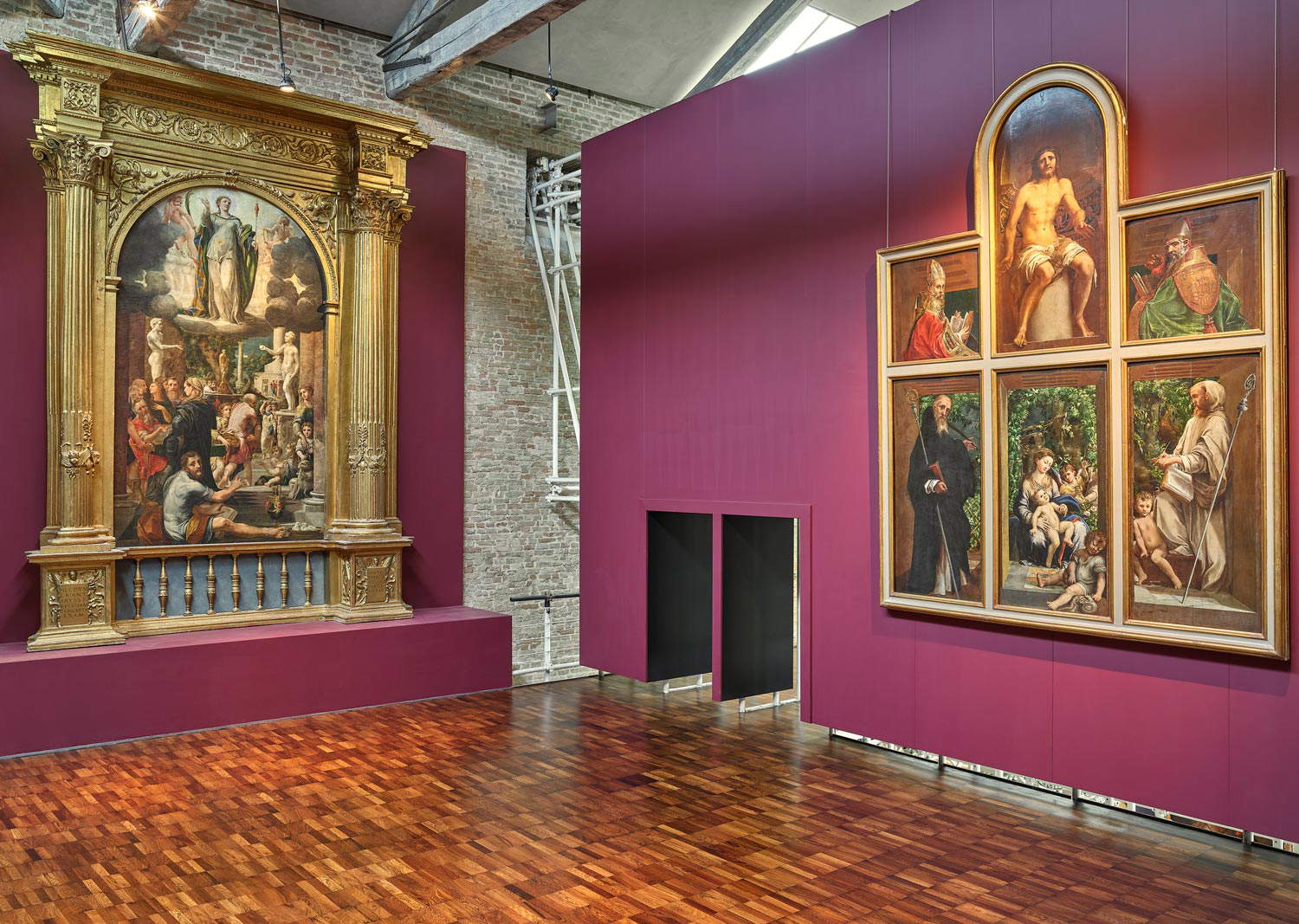


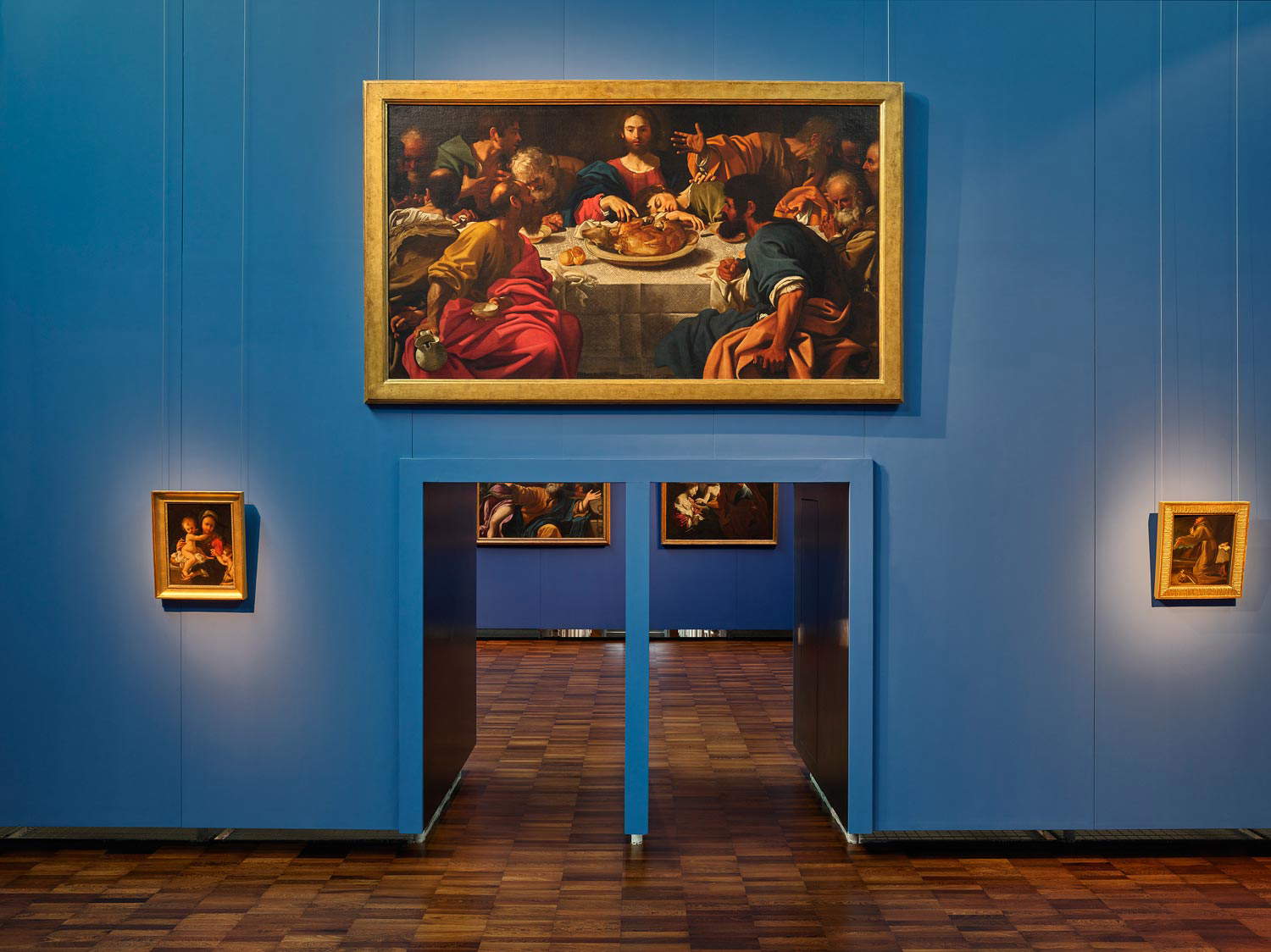
After passing through the monumental staircase, the public, upon entering the Galleria, will visit the Teatro Farnese and will subsequently go to the Galleria del Teatro, where they will have the opportunity to visit a section designed to restore meaning and comprehensibility to the history of the Teatro Farnese itself, a masterpiece of 1618 and the first modern theater in European history, which has already been the subject of a long and elaborate cycle of interventions. The Gallery was built in the areas of the subgradinate, which were the subject of a musealization intervention. Previously, in fact, these areas had been used for temporary exhibitions: therefore, pre-existing materials or showcases designed for previous exhibition events, such as those donated by the Cariparma Foundation, were reused and to bring together documents pertaining to the Archaeological Museum, the Palatine Library, the Gallery and the Farnese Theater.
Before that, the subgradinate were used as passageways or as warehouses cluttered with disused goods; they have been reclaimed, with improved safety effects in terms of fire prevention, and transformed into museum areas. In the Theater Gallery, one encounters architectural models pertaining to the history of the theater, such as the Model of the “Balcony of the Prince” and the entrance of the Farnese Theater, of 18th-century Parma manufacture, or the Model of the Farnese Theater, from the late 18th century, made of polychrome wood, paper and wax, or even the Statue of the Bishop (1618) by Luca Reti, whose restoration was carried out thanks to a memorandum of understanding with the Central Institute for Restoration.
Of particular interest is Giovanni Contini’sInterior of the Teatro Farnese (1867), which gives an account of the conditions in which the theater was in mid-19th century, when only thanks to the strenuous opposition of the Parma Academy of Fine Arts was its demolition prevented. One part of this new section is devoted to the rediscovery and reinvention of ancient theater in the Renaissance context; a second section, on the other hand, to the series of performances and wedding festivities organized from 1628 to 1714 in the Farnese space, where audiovisual documents on the Baroque ephemeral apparatuses of ducal celebrations have converged, stemming from an exhibition organized in collaboration with the Fondazione Cariparma.
The public continues the tour in the previously rearranged West Wing, which skirts the Cortile del Guazzatoio and displays works from the regional schools of the 14th and 15th centuries (the Emilians, the Venetians, and the Tuscans). After passing through the rooms devoted to Flemish painting, one arrives in the new North High Wing, characterized, like the lower part of the same room, by Guido Canali’s strong museographic interventions dating back to the 1970s and very recognizable for the lattice elements that recall the typical aesthetics of industrial archaeology. Backdrops of heights no less than six meters have been introduced that redefine the edges of what can be considered the large mezzanine floor of the North Wing, placing themselves on either side of the existing backdrops and saturating large empty spaces on the large lattice ribs that define the supporting structure of the floor itself. The new panels, made with internal wooden structures and fireproof mdf covers, supported by new trusses made of innocent pipes in addition to sophisticated coupling systems so that they are detached from the ground in continuity with what is already there, define a path that consists of seven rooms connected in a unicum defined through new colors. The transversal path that unites and connects the sequence of rooms now defined moves through the structural openings of the large metal trusses that make up the structural order. Each passageway, which was originally bare and bare of any element, has been redefined with the construction of a boarding that defines its vertical and horizontal limits. In addition to the complete operations of preparation of all wooden supports, existing and new, smoothing, unwrapping, and new painting on the large mirrors made in high coverage water stand matrix paint and performed manually, the previous flooring, made of plastic material, was renewed with a new industrial parquet floor made of Oak essence with “smoked” finish, thermostated in 8 by 16 cm slats, laid lengthwise juxtaposed and parallel. Finally, in terms of expedients suitable for future phases and rearrangement with change of works within the Wing, in each room has been defined the opening of two full-height panels by means of a retractable mechanism, allowing through a winch to be positioned as needed to be able to move downward or upward the individual works, all designed to facilitate the logistics of the works themselves on an area of the museum of difficult access and logistics.
As for the works and its inclusion in the itinerary, the Upper North Wing is dedicated to developments inEmilian art between the late 16th and early 17th centuries, and is configured as a connecting area between the area of the Flemish and the rooms of theLower North Wing , which are instead dedicated to 17th-century art: From the Flemings, one goes up to the High North Wing to continue the route and descend to the Low North Wing, and resume the path to the Farnese Walkway.
The itinerary begins with the rooms dedicated to Girolamo Mazzola Bedoli (among the new features of the itinerary is the display of the large copy of Correggio’s Madonna of the Bowl, attributed to Mazzola Bedoli himself and coming from the church of San Pietro Martire, which was previously in storage) and then follows with the room entitled “The Legacy of Correggio,” where the public has the opportunity to observe the works of Giovanni Battista Tinti and Pier Antonio Bernabei, evidence of the artistic climate in Parma at the end of the 16th century, marked precisely by a new interest in the work of Correggio. There is also a new layout for the Carracci workshop: in the dedicated rooms, visitors admire the paintings of Agostino, Annibale and Ludovico Carracci, with another significant novelty. In fact, the Complesso della Pilotta has obtained, by concession of the director of the Pinacoteca Nazionale di Bologna, Maria Luisa Pacelli, the two side canvases, depicting St. Louis of the French and St. Elizabeth, which flanked the altarpiece of the high altar of the Capuchin church of Santa Maria Maddalena in Parma, painted by Annibale Carracci. The context of the altarpiece depicting the Pietà with the Virgin and Saints Francis, Clare, John the Evangelist and Magdalene, considered by Andrea Emiliani to be the beginning act of Baroque painting, is thus reconstructed. On either side of the walkway are two large paintings belonging to Ludovico Carracci’s artistic maturity and made for Piacenza Cathedral, The Funeral of the Virgin and The Apostles at the Tomb of the Virgin, in which the influences of Michelangelo are evident in the gigantism of the figures and chromatic solutions inspired by Venetian painting.
It then moves on to the room dedicated to Bartolomeo Schedoni and then continues with the room reserved for Caravaggio’s painters in Emilia: works by Leonello Spada, Trophime Bigot and Giovanni Lanfranco, who are affected in various ways by the innovations brought by Caravaggio at a crucial time for the development of religious painting in the territory. The last room is devoted to the Emilian painters of the seventeenth century, Giovanni Lanfranco, Sisto Badalocchio and Luigi Amidani, whose training is influenced by the artistic achievements of the Carracci.
The design of the High North Wing, entrusted to Studio Bordi Rossi Zarotti of Parma, involved both the structure of these objectively difficult spaces and the fittings: it was necessary to increase the safety conditions of the works with new supports designed to prevent contact between the paintings and the brick walls, as well as the creation of specific supports (this is the case of Annibale Carracci’s precious Self-portrait , which has now been placed in a specific display case, while before it was mounted on an iron structure).
The tour continues, descending to the second floor of the north wing, with the sections devoted to the paintings of Guercino and the interpretation offered by Bartolomé Esteban Murillo of the Apostolado, an iconographic genre widespread in Spanish painting, which consisted of the representation of the 12 apostles with their attributes, and the remounting of the paintings of Francesco Del Cairo and Carlo Francesco Nuvolone in the room devoted to art in Lombardy between the seventeenth and eighteenth centuries.
It then continues in the walkway above the west wing, formerly dedicated to the display of Bourbon interventions on Parma’s urban planning, and now instead set up with thematic sections that serve to create a chronological connection with the nineteenth-century area of the Gallery, the halls of ducal portraiture. This area has thus been transformed into the Passerella Farnese, a section that narrates the history of the duchy and presents the portraits of the Farnese dukes in a succession that is completed in the hall with the new reigning house of the Bourbons and with the display of the rich heritage of Renaissance medals and coins and printed volumes that have never before been exhibited. The thematic interweaving between the gallery of portraits on the catwalk, ancient coins and medals thus makes it possible to address how a genre new to the 15th century was born: that of the princely portrait, indebted to ancient numismatic models. The talk, conceived by director Simone Verde, relied for its realization on the scientific advice and collaboration of Davide Gasparotto, Senior Curator, Department of Paintings at the J. Paul Getty Museum in Los Angeles, and Paolo Parmiggiani, an art historian and expert on Renaissance art. Moreover, antiquarian numismatics was born in Parma, the city that in 1523 gave birth to Enea Vico, an artist and engraver as well as a scholar and theorist of glyptics, the engraving on precious stones, and numismatics. It was in the 15th century that the medal became established as an artistic form designed to commemorate the people and events of the time in a complex interplay of images and names, symbols and celebratory inscriptions.
Among the works of particular importance and value exhibited in the Passerella Farnese are the medals by Antonio Puccio Pisano, known as Pisanello, who is considered the originator of the modern medal, such as the one dedicated to condottiero and captain of fortune Niccolò Piccinino or the one with the effigy of Ludovico III Gonzaga. By harkening back to the numismatic models of imperial Rome, Pisanello defined the formal and expressive characters of a genre that enjoyed wide fortune for five centuries. A section is also reserved for the medallistics of the Farnese family, which began with Cardinal Alessandro Farnese, later Pope Paul III, and continued with his successors. Through the collections of the National Archaeological Museum in Parma, it is now possible to trace the Farnese genealogy, whose exponents and historical events were regularly celebrated with the issuance of medals made by leading specialists in this artistic field such as Pastorino de’ Pastorini, Giovanni Vincenzo Melone, Gian Federico Bonzagni, Francesco Mochi, Jacques Jonghelinck, and Cesare Fiori, whose medal with the portrait of Ranuccio II Farnese is presented. The public, from here, continues its visit to the Rocchetta and the 19th-century salons.
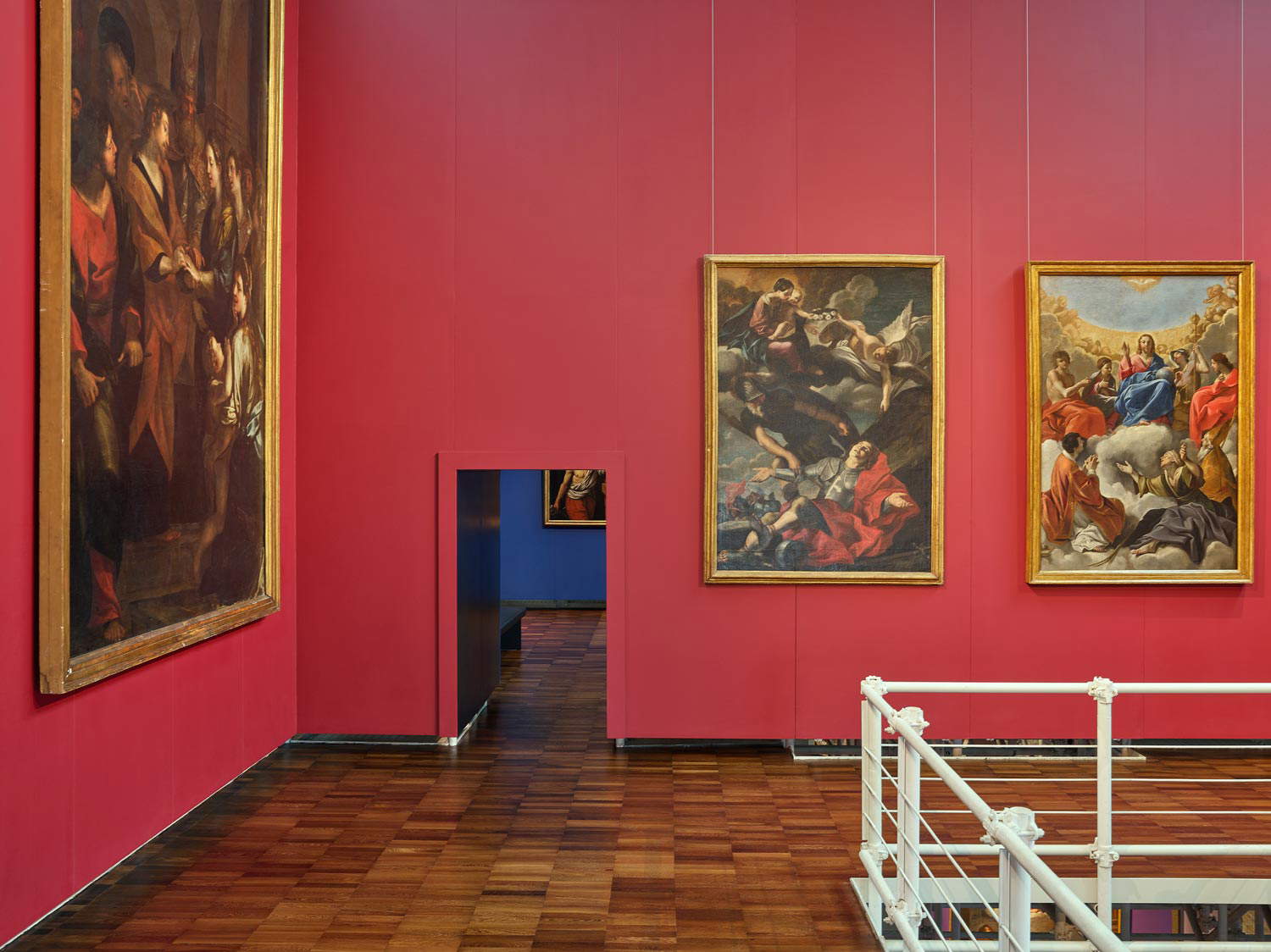
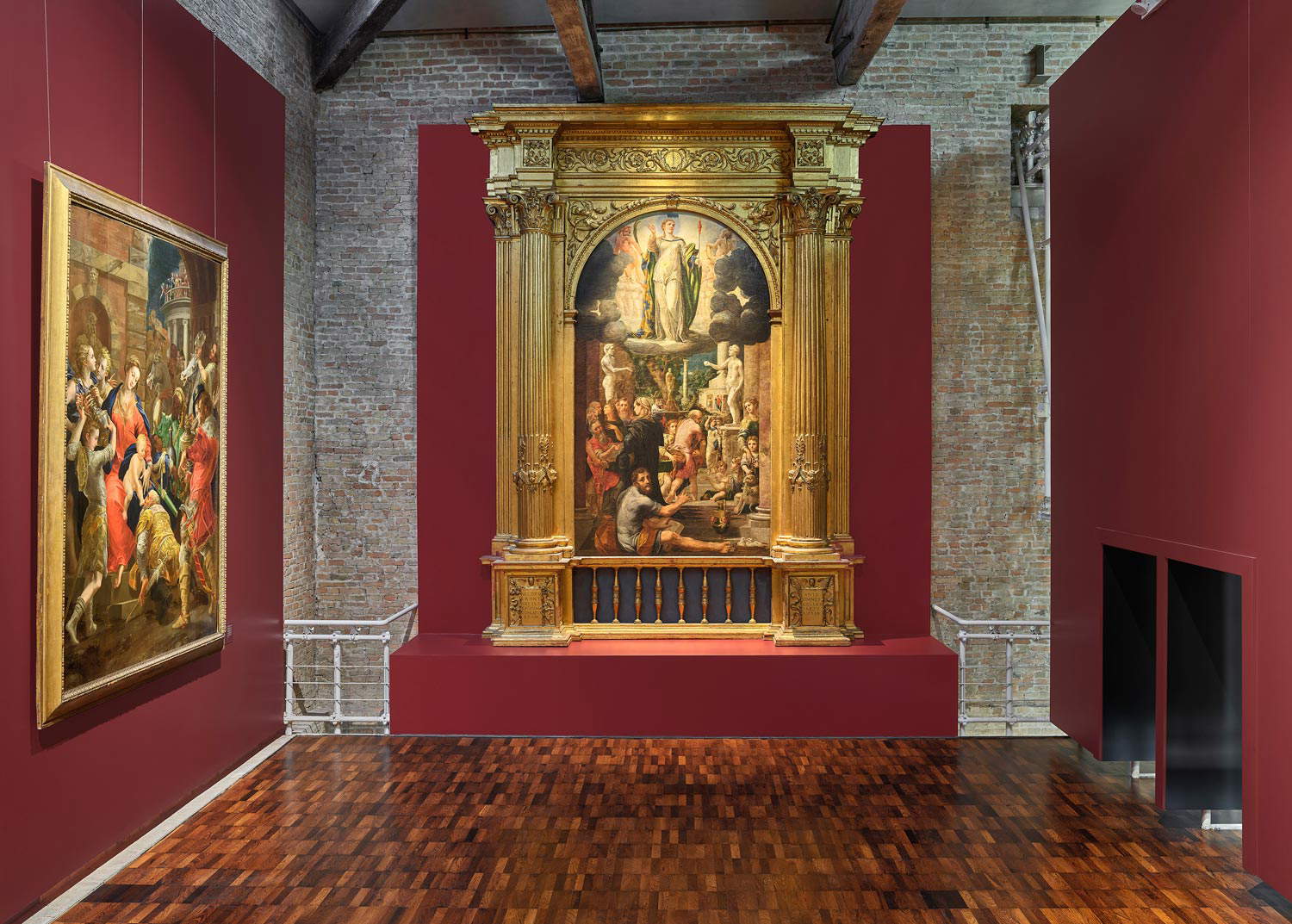

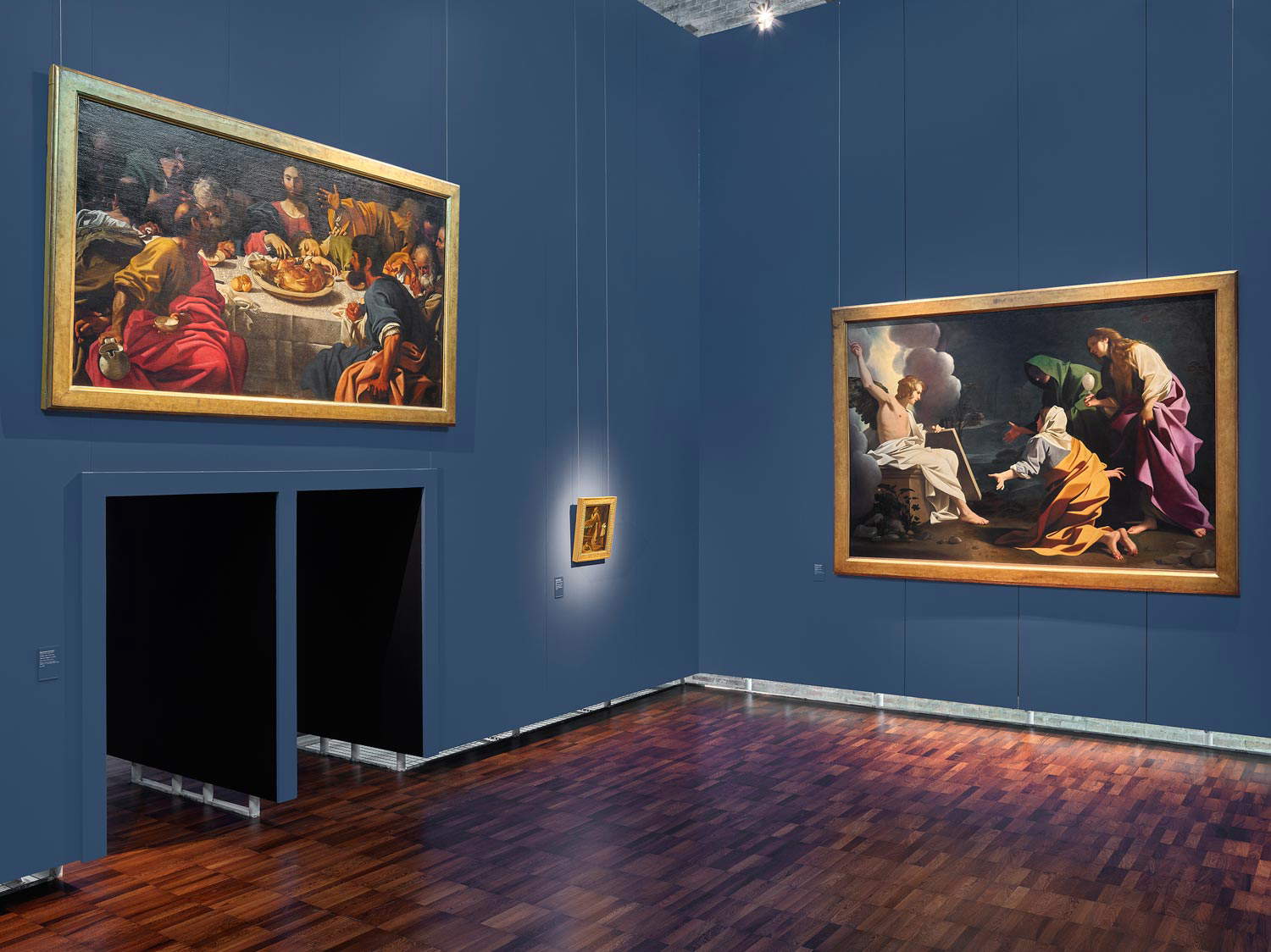
During the past two years of work, the restorations of several paintings on canvas were also completed, including Girolamo Mazzola Bedoli’s Mystic Marriage of St. Catherine of Alexandria, which the public can find in the first room of the Upper North Wing (the restoration was conducted by the Ottorino Nonfarmale srl Restoration Workshop, thanks to the support of the Getty Center in Los Angeles in exchange for a loan of a work from the Gallery in 2021), as well as St. Francis of Assisi Receives the Stigmata and The Transporting of Christ to the Sepulcher by Sisto Badalocchio (which are instead in thelast room of the North Wing), Bartolomeo Schedoni’s St. John the Baptist and Lanfranco’s Ascent to Calvary, curated by the Pilotta Complex’s restoration officer Gisella Pollastro.
The interventions involved, first of all, the consolidation and restoration of the material of the works, aimed at ensuring the safety of the layers of preparation and color. It was also necessary to intervene on the textile supports, re-tensioning the canvases and replacing the non-adjustable frames, which favored their consumption. Parallel to the conservative restoration work, efforts were made to bring out the stylistic qualities of the works often obscured by the thick layers of varnishes altered over time and ancient arbitrary repainting. The cleaning operations therefore aimed to restore the original appearance of the work, scientifically mediating with the historical instance that occurred after the production of the artifact.
In addition, a major campaign of restoration and recovery of numerous gold frames, which have been reattached to the paintings after the removal of the ancient setting (by BRestauro, Restauratori Associati and Roberta Notari restauro), has begun.
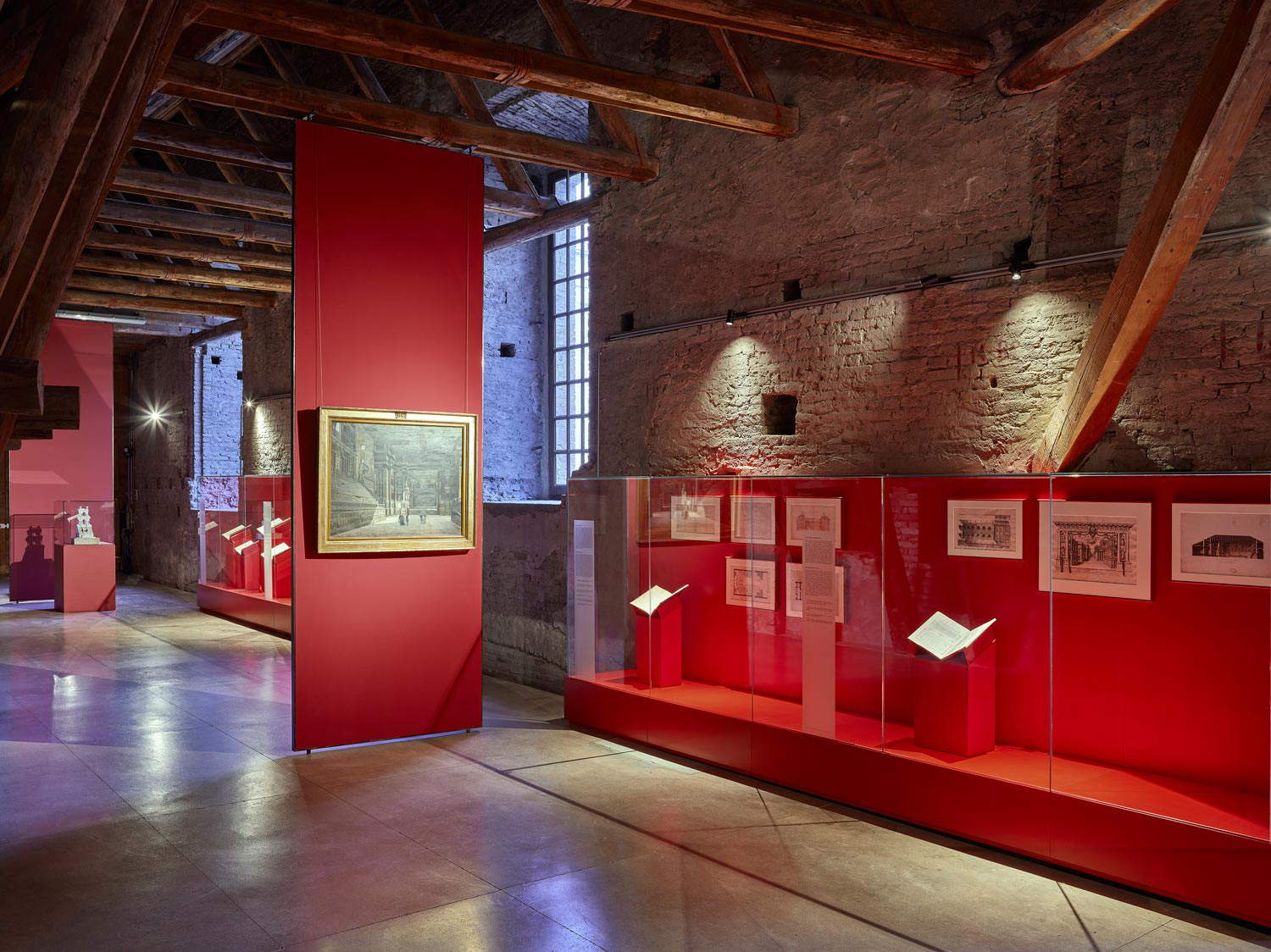

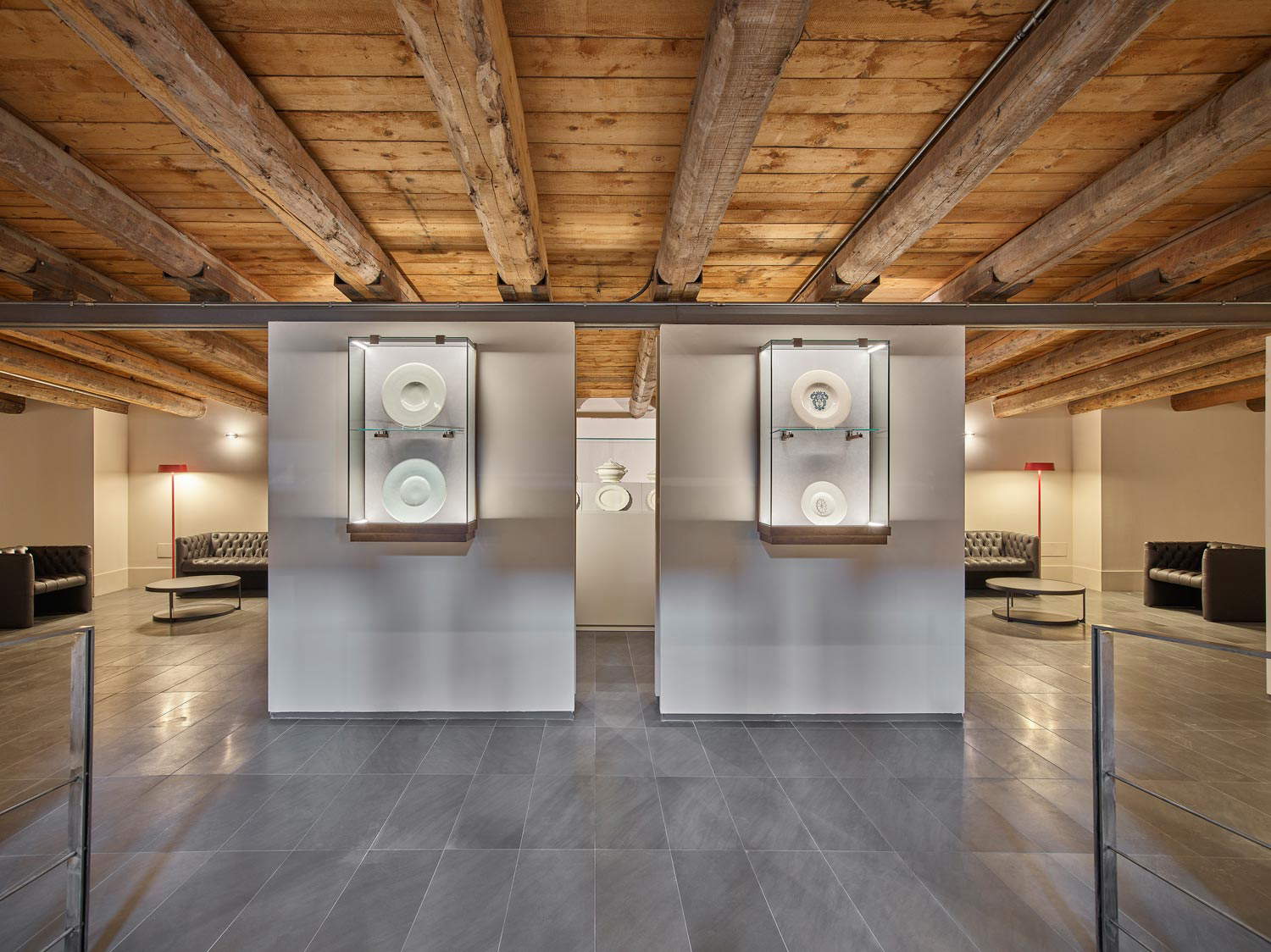 The
The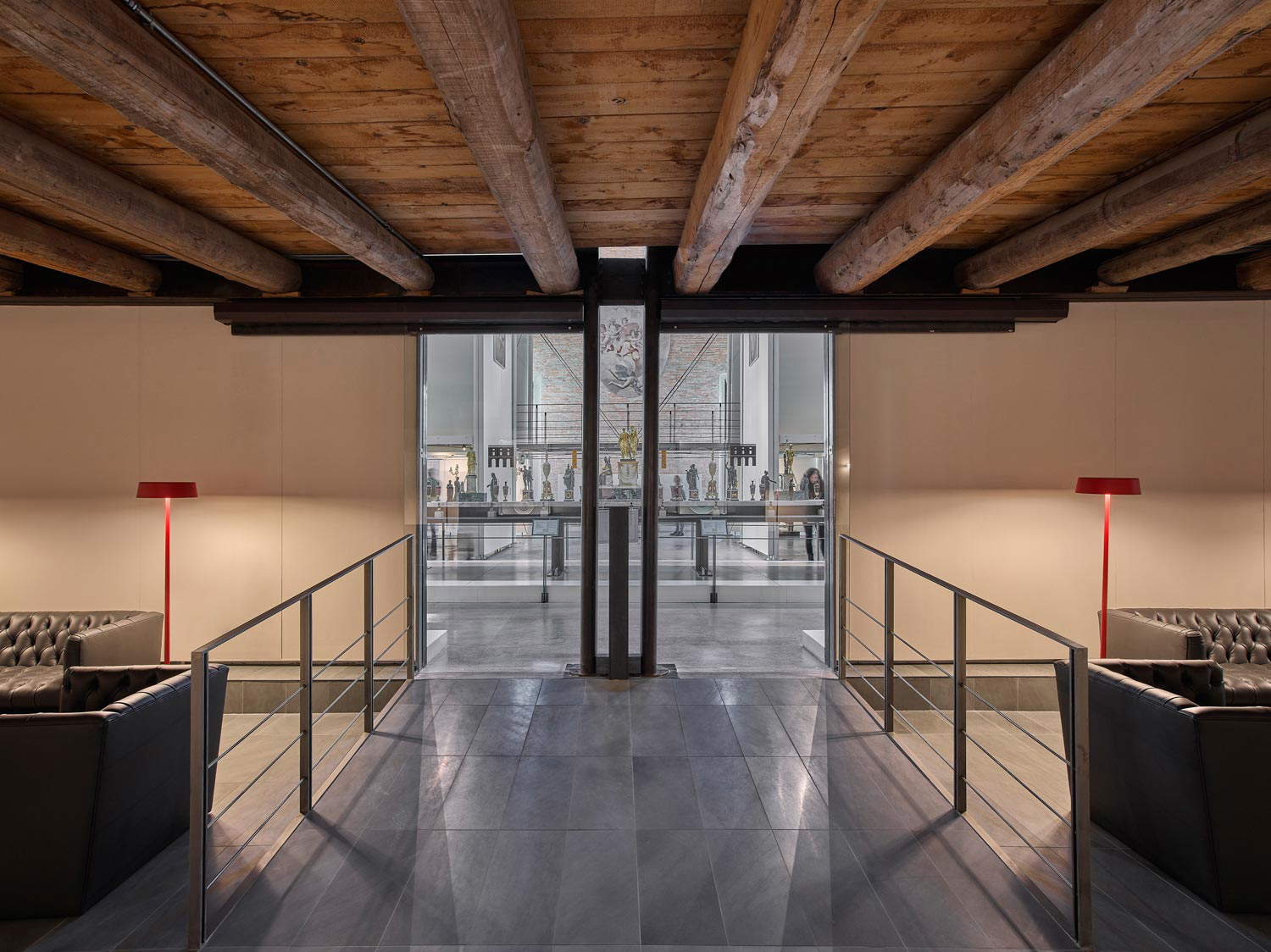 The
TheWarning: the translation into English of the original Italian article was created using automatic tools. We undertake to review all articles, but we do not guarantee the total absence of inaccuracies in the translation due to the program. You can find the original by clicking on the ITA button. If you find any mistake,please contact us.